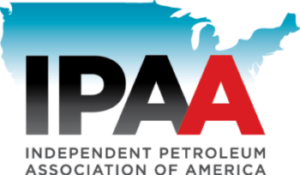Sep 30, 2023 IPAA Comments on EPA Subpart W Proposal
Re: Greenhouse Gas Reporting Rule: Revisions and Confidentiality Determinations for Petroleum and Natural Gas Systems
These comments are filed on behalf of the Independent Petroleum Association of America (IPAA). IPAA represents the thousands of independent oil and natural gas explorers and producers, as well as the service and supply industries that support their efforts, that will be significantly affected by the actions resulting from this regulatory proposal. Independent producers drill about 91 percent of American oil and natural gas wells, produce 83 percent of American oil and produce 90 percent of American natural gas.
In addition to the specific comments made herein, IPAA has joined comments submitted separately by the American Petroleum Institute (API).
These comments address proposals by the Environmental Protection Agency (EPA) to revise reporting requirements for Petroleum and Natural Gas Systems for the Greenhouse Gas Reporting Program (GHGRP) under Subpart W.
…
The task mandated to EPA by Congress requires the agency to comprehensively review, revise and validate its Subpart W regulations to make them accurate and reliable because of the role their implementation will play in the MERP, defining exposure and calculating its methane tax. Congress’ deadline of EPA’s action failed to reflect the reality of the task. EPA, faced with the choice of meeting a deadline or meeting its mandate to comprehensively revise Subpart W, chose the deadline and produced a wholly inadequate compendium of emissions calculations. At its best, the Subpart W proposal collects revisions to the current calculation process that EPA failed to validate as either accurate or appropriate. At its worst, the Subpart W proposal is a thinly disguised effort to raise the MERP methane tax rates through careful selection of higher emissions factors and unworkable calculation procedures. EPA should withdraw the current Subpart W proposal and execute its mandate to make it accurate, including taking the necessary steps to validate the emissions factors or emissions calculation procedures that it ultimately puts in place.








